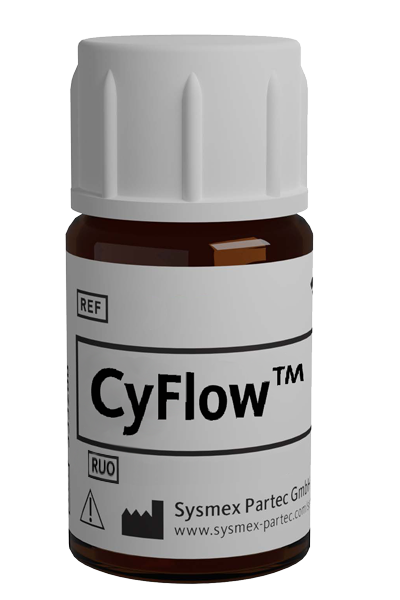Article successfully added.
CyFlow™ CD30 FITC
| Alternative Name: | D1S166E , Ki-1, TNFRSF8 |
| Antibody: | Yes |
| Antigen: | CD30 |
| Application: | Flow cytometry |
| Clonality: | monoclonal |
| Clone: | Ber-H8 |
| Emission Maximum: | 518 nm |
| Excitation Maximum: | 490 to 495 nm |
| Field of Interest: | Immunophenotyping |
| Format/Fluorochrome: | FITC |
| Isotype: | IgG1 |
| Laser: | Blue |
| Regulatory Status: | RUO |
| Source Species: | Mouse |
| Target Species: | Human |
| Product number: | CX511141 |
For Research Use Only

